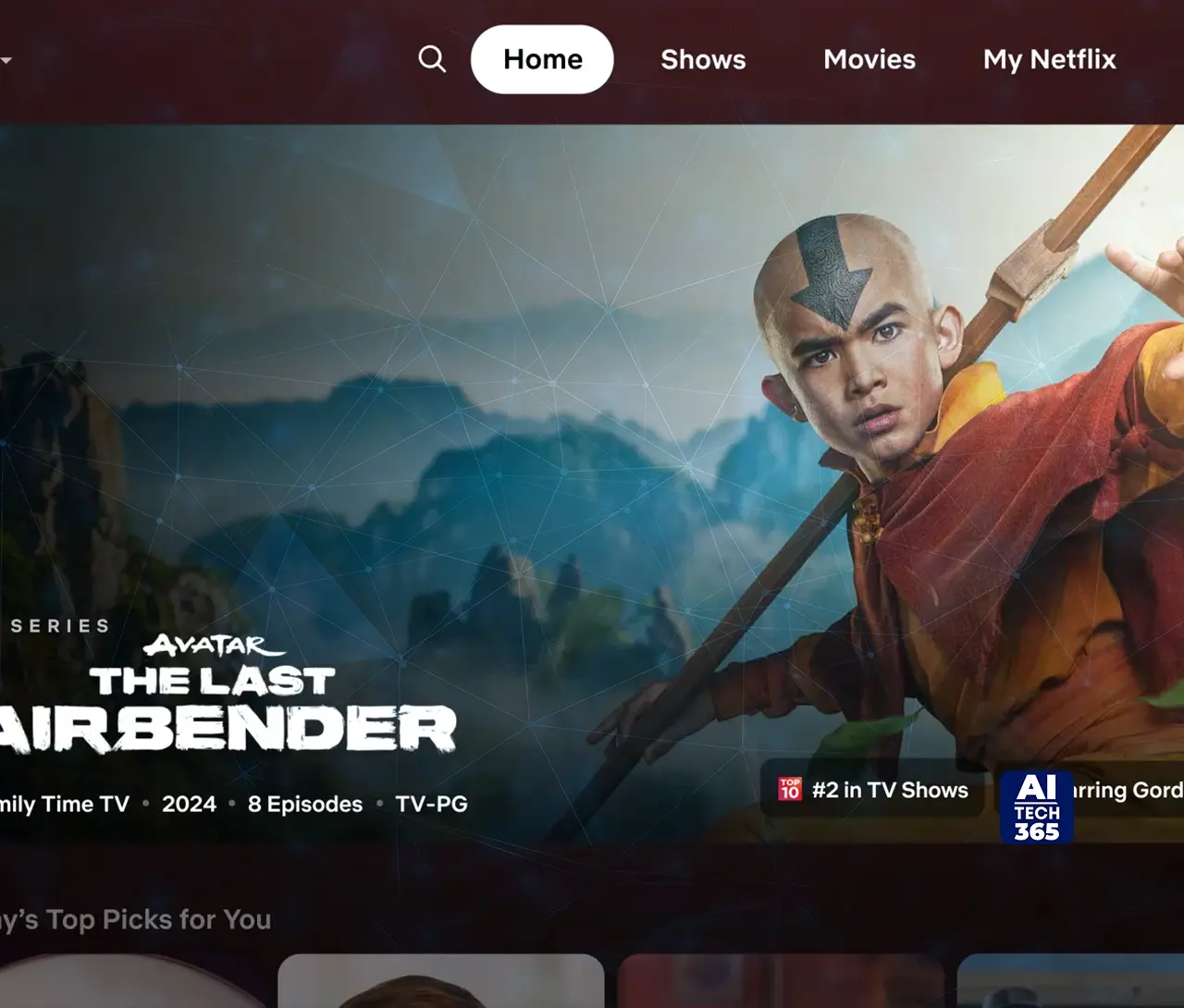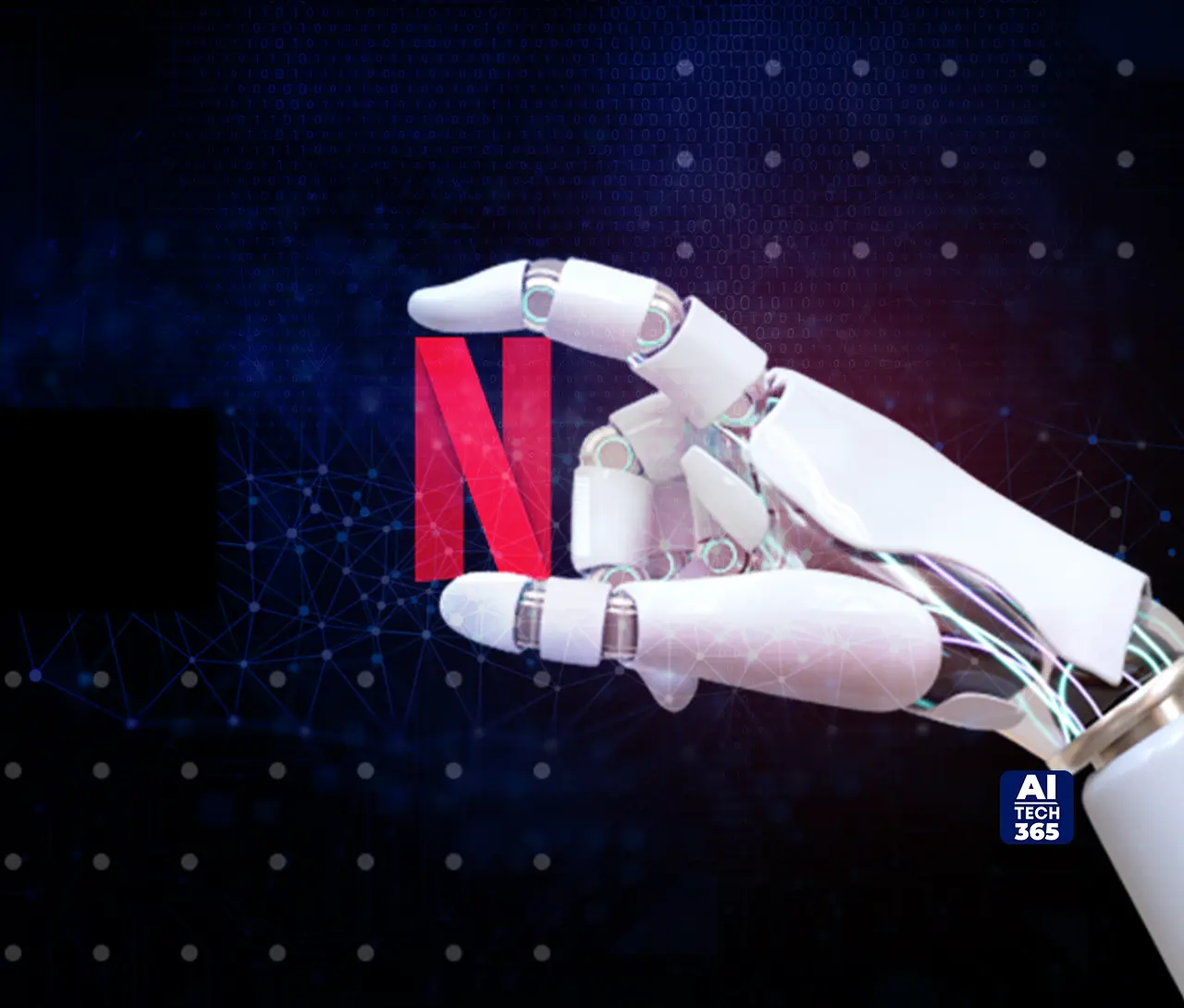Though scrolling through 15,000 titles could be interpreted as a sign of freedom, in reality, it is overwhelming for the majority of viewers. Choice paralysis exists and is a problem. There are too many options and not enough direction. This is exactly the scenario Netflix is able to work its wonder. The platform doesn’t just greet you by name or suggest random hits. It predicts your desires, your timing, and even your preferred manner of presentation. That is hyper-personalization in action.
Each recommendation blends a combination of meticulous data and ingenious algorithms. Your subscription to Netflix allows the platform to keep track of your preferences, that is the exact moment you watch, the duration of your stay with a particular series, and even if you happen to pause before moving on to another title. All these inputs are then used to continuously support the powerful technology behind content categorization and presentation that looks so smooth to the end user.
How Netflix Uses Data to Power Hyper-Personalization
Netflix doesn’t guess what you’ll watch. It notices everything. Every click, every pause, even the tiny second you hover over a title. All of it feeds the system that keeps you scrolling.
There are two kinds of data it collects. First, the obvious stuff. Ratings, the genres you pick, your profile setup. That’s explicit data. It tells Netflix what you say you like. Useful, sure, but only the beginning.
The real story is in implicit data. Netflix tracks what you actually do. When you watch, what device you use, whether you finish a show, what you search for, even the searches that go nowhere. Hover time, skipped episodes, binge patterns. Each tiny action builds a detailed picture of your preferences in real time.
This is where AI takes over. All this data goes to Netflix’s recommendation system. It guesses which things you will enjoy the most, changes the pictures you see, and even puts shows that you didn’t realize you would like next. It eliminates the confusion among thousands of titles and takes you directly to what is important.
The result is smart, personalized guidance. You feel like Netflix just gets you. That’s AI for hyper-personalization in action. It keeps you engaged, avoids decision fatigue, and turns the chaos of a huge catalog into something that feels effortless.
Also Read: The AI Playbook for Customer Experience Transformation
Deep Teardown of the AI Engine and Algorithm Stack
Here’s the thing. Netflix doesn’t rely on just one algorithm to figure out what you’ll like. It’s a mix, a layered approach that works together to keep you glued to the screen. First, there’s the classic stuff. Collaborative filtering basically, ‘people like you watched this.’ It’s simple, but it works. Then there’s content-based filtering. That’s ‘more like this show,’ focusing on actors, genre, tags, and other metadata.
Those alone aren’t enough for 270 million subscribers. Netflix goes deeper. Enter deep learning and ranking. Every title gets a score for every user. That’s Personalized Video Ranking. The system pushes the shows that maximize engagement and lowers the chance you’ll bail halfway through.
It doesn’t stop there. Netflix experiments in real time. Bandit algorithms and reinforcement learning test new or niche titles for each profile. Clicks, scrolls, the shows you ignore, they all feed back into the system immediately. The homepage you see is constantly adapting to what actually keeps you watching.
And now, the big one: the foundation model for personalized recommendation. Netflix built a model that takes all your interaction history, everything you’ve ever watched, searched, or hovered over, and uses it to predict what you’ll want next. At this scale, it’s massive. It’s not just about guessing, it’s about anticipating. That’s why the engine feels so spot-on. You scroll, and suddenly it’s like Netflix read your mind.
Put it all together and its clear why Netflix dominates. The hybrid approach, the deep learning, the foundation model, they all work in concert. Each layer adds precision. Every action you take is fuel for the system. And the end result is a homepage that doesn’t just show content but it predicts desire.
The Technology Stack for Real-Time Performance
Personalization at Netflix is possible since the system is designed in such a way that it can effortlessly deal with millions of users simultaneously. Microservices are the reason behind this. Rather than a single massive system, everything is divided into smaller, more manageable services that interact with each other. Services like Zuul for API gateway and Eureka for service discovery keep Netflix quick and robust among the rest. When one piece fails, the rest keep running.
Then there’s the data pipeline. Every click, scroll, or hover gets sent to the recommendation engine in real time. Apache Kafka streams this data, and Apache Spark or Flink processes it instantly. Profiles are updated within milliseconds, so the next show you see isn’t based on old information.
Storage also matters. Netflix has turned to Amazon Web Services (AWS) together with database systems such as Apache Cassandra for the purpose of conserving enormous piles of user preference data. The target is to ensure utmost availability and very little delay, thus smooth operation even at peak hours.
Netflix is not the only one getting the benefits of such technologies. Google engages generative AI for maturing of personalized content through text, pictures, videos, and digital experiences. The concept is pretty much the same: employ AI to retrieve precisely what every user desires, hence the improvement in engagement as well as marketing results.
The scale behind this is massive. In Q2 2025, global cloud infrastructure spending grew over $20 billion, up 25 percent from the year before. AWS, Microsoft Azure, and Google Cloud lead the pack. Without this cloud muscle, real-time personalization for hundreds of millions of users would be impossible.
Netflix isn’t just showing recommendations, it’s running a precision engine built for speed, scale, and accuracy.
Marketing ROI from Personalization Beyond the Row
Netflix does more than show titles. It curates experiences that feel personal. The AI behind the platform drives engagement and marketing results. Look at discovery. Every row, every title, is selected just for you. ‘Trending Now’ is not the same for everyone. The order of rows changes based on what you watch, how you watch it, and when you watch.
Then there is artwork personalization. That same movie poster can appear differently for every user. One person might see a romantic scene, another an action-packed moment. Small changes, big impact. They guide your choices without you even noticing. The system learns fast and adapts, turning every image into a mini marketing tool.
Netflix also takes personalization beyond the homepage. Emails and app notifications are carefully timed and targeted. They recommend specific shows when you are most likely to engage or bring back someone who might be drifting. AI makes these suggestions precise and effective.
And then there is Dynamic Sizzles. Netflix can create short personalized sizzle reels for each member in real time. The clips, their order, and the titles included are all customized to match individual preferences. It makes the experience feel alive and unique for every user.
AWS shows a similar approach with generative AI and customer 360 profiles. Profiles can be updated in near real time and used to tailor experiences across all channels, not just the main platform.
The results are clear. Users feel understood, engagement rises, and churn falls. Every AI-driven adjustment, from thumbnails to rows, sizzles, and notifications, strengthens loyalty. Hyper-personalization powers Netflix’s ability to turn content into retention and revenue at scale.
Future Challenges and Outlook
Netflix’s AI story is impressive but there is no magic wand. The platform’s strength comes from granular data, hybrid machine learning models, and a resilient technology stack. The system powered by microservices remains operational for more than 270 million users, and each suggestion contributes to the increase of user engagement and retention. The benefit is immense, not only in terms of user satisfaction but also in terms of quantifiable return on investment.
The future presents a thrilling frontier. Large Language Models could add a conversational layer, helping users discover content through chat or voice, making recommendations feel even more personal. Another challenge is the multi-person household. How do you predict what one person will enjoy when profiles share a screen? These are the problems Netflix will need to solve next.
Ethics has to be a part of the conversation. Hyper-relevance could lead to filter bubbles and biases in the algorithm. The idea is to provide a service that is enjoyable yet not obstructive in terms of views or habits made through choices. Trust can only be upheld through transparency and proper monitoring.
The main point is unmistakable. Netflix demonstrates a possible scenario with the use of AI in a wise manner for the improvement of the user experience. This strategy is applicable to every company that hopes to achieve loyalty and retention on a large scale. It is not just a recommendation engine but it is a blueprint for turning data into delight and engagement.


